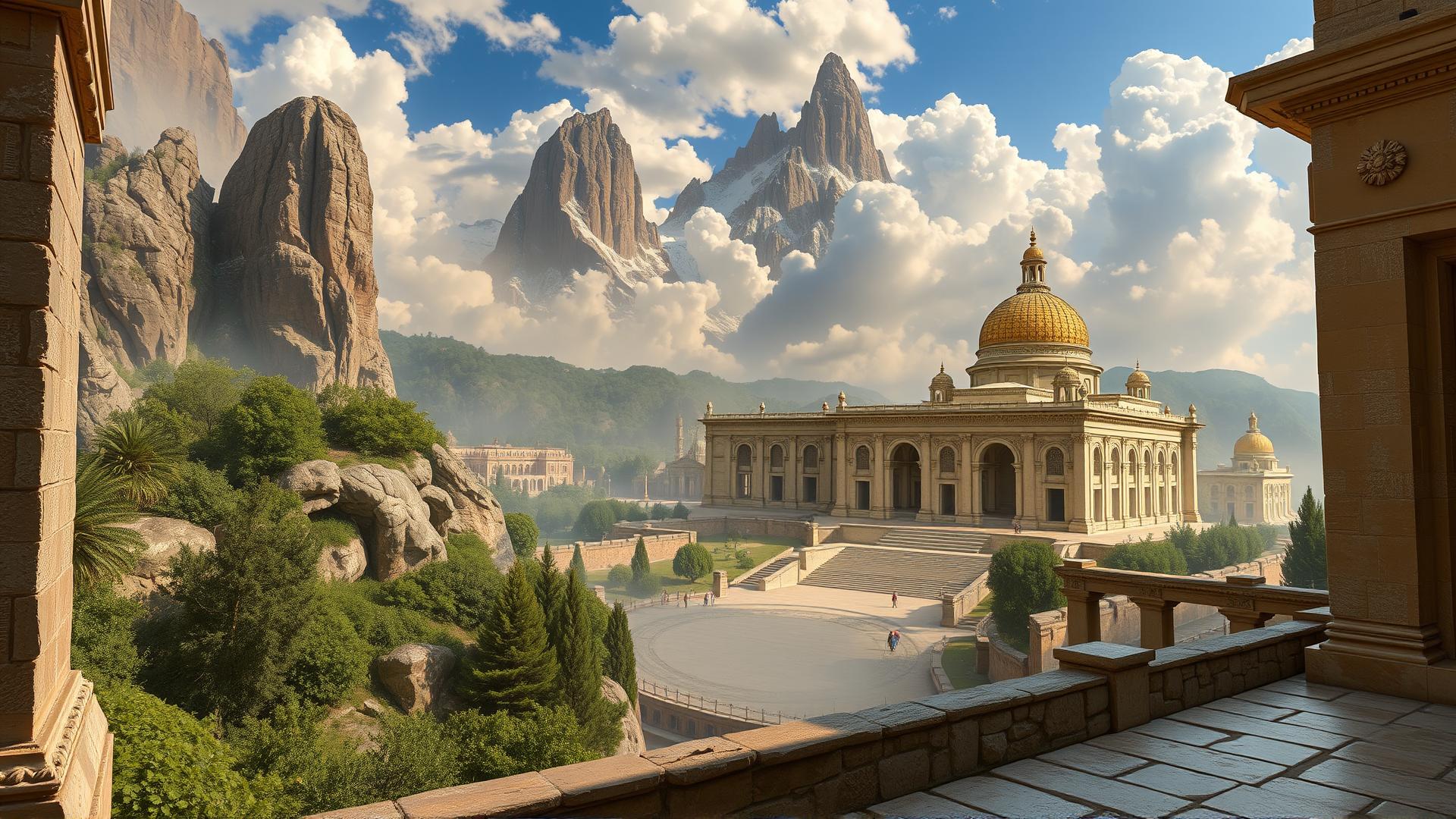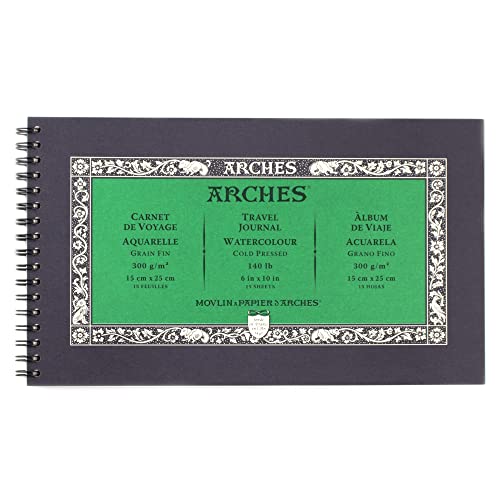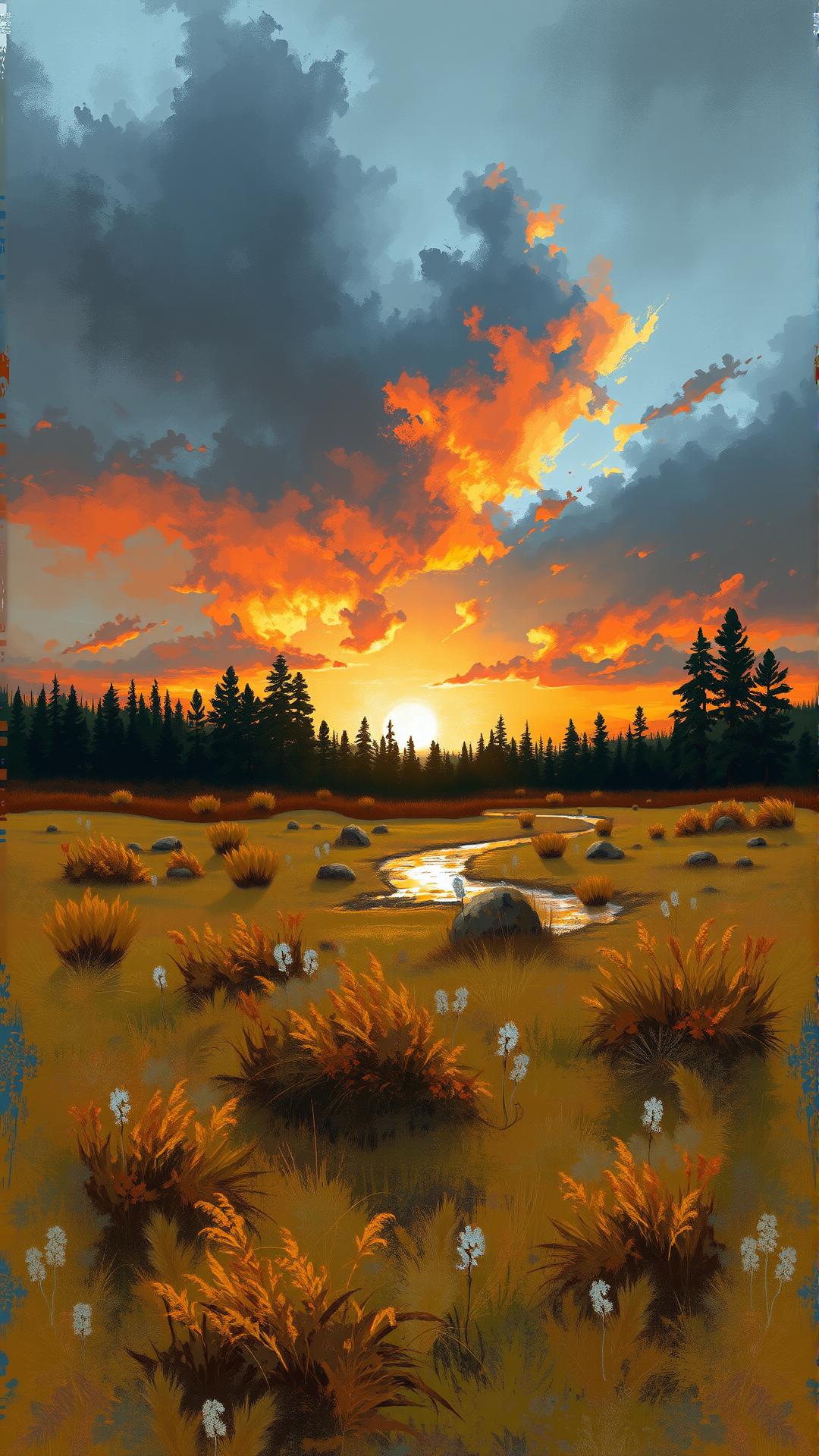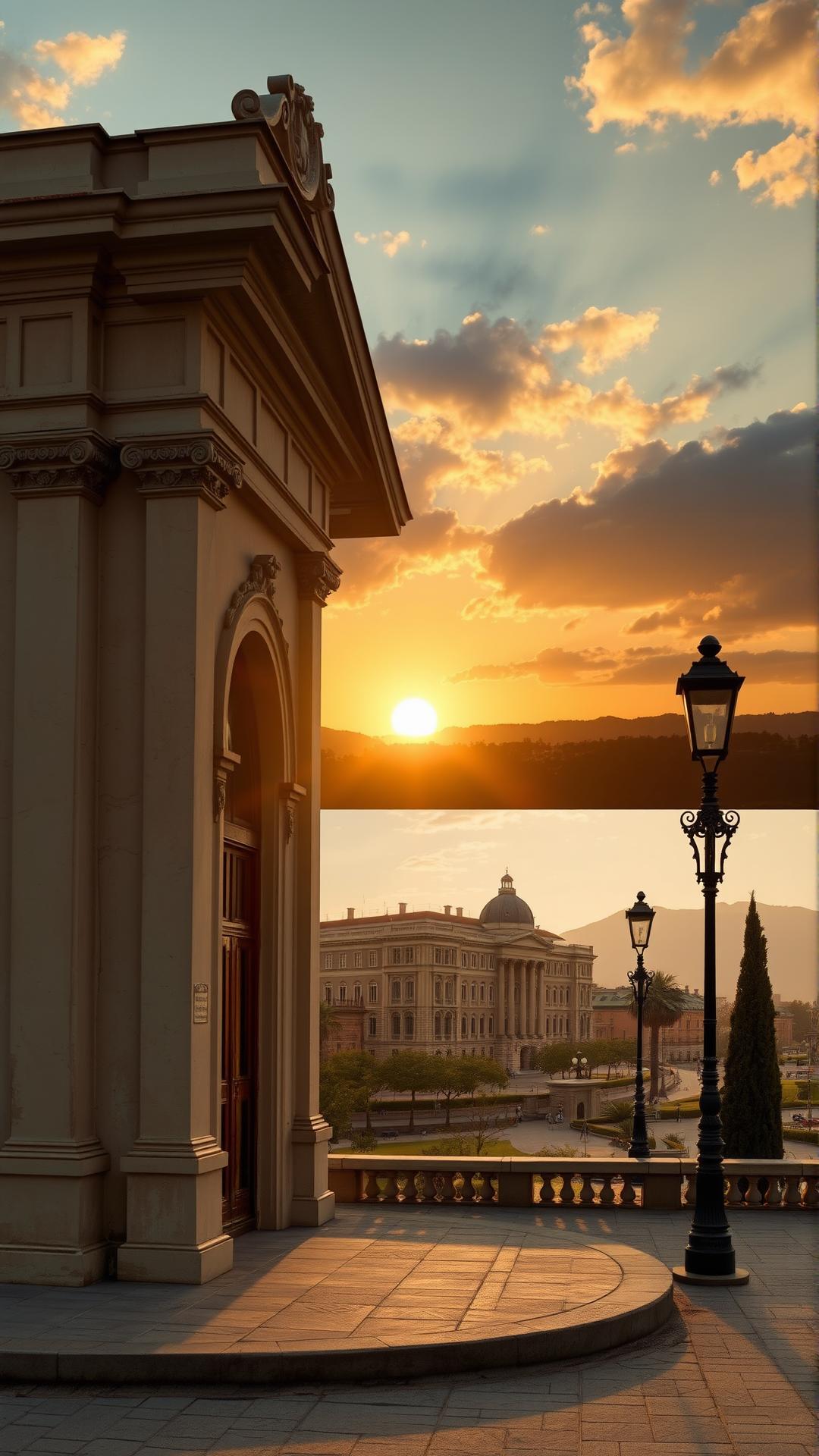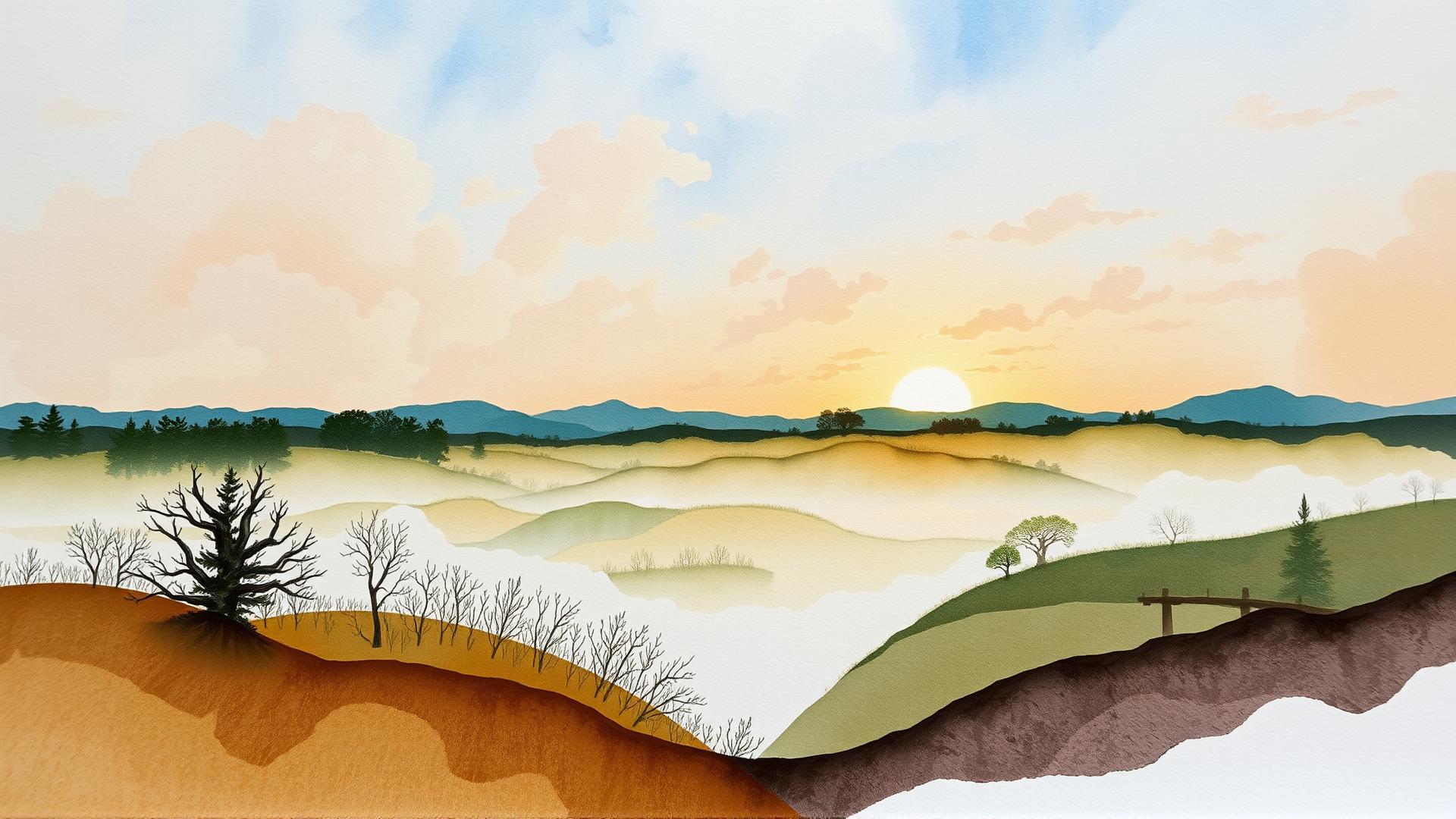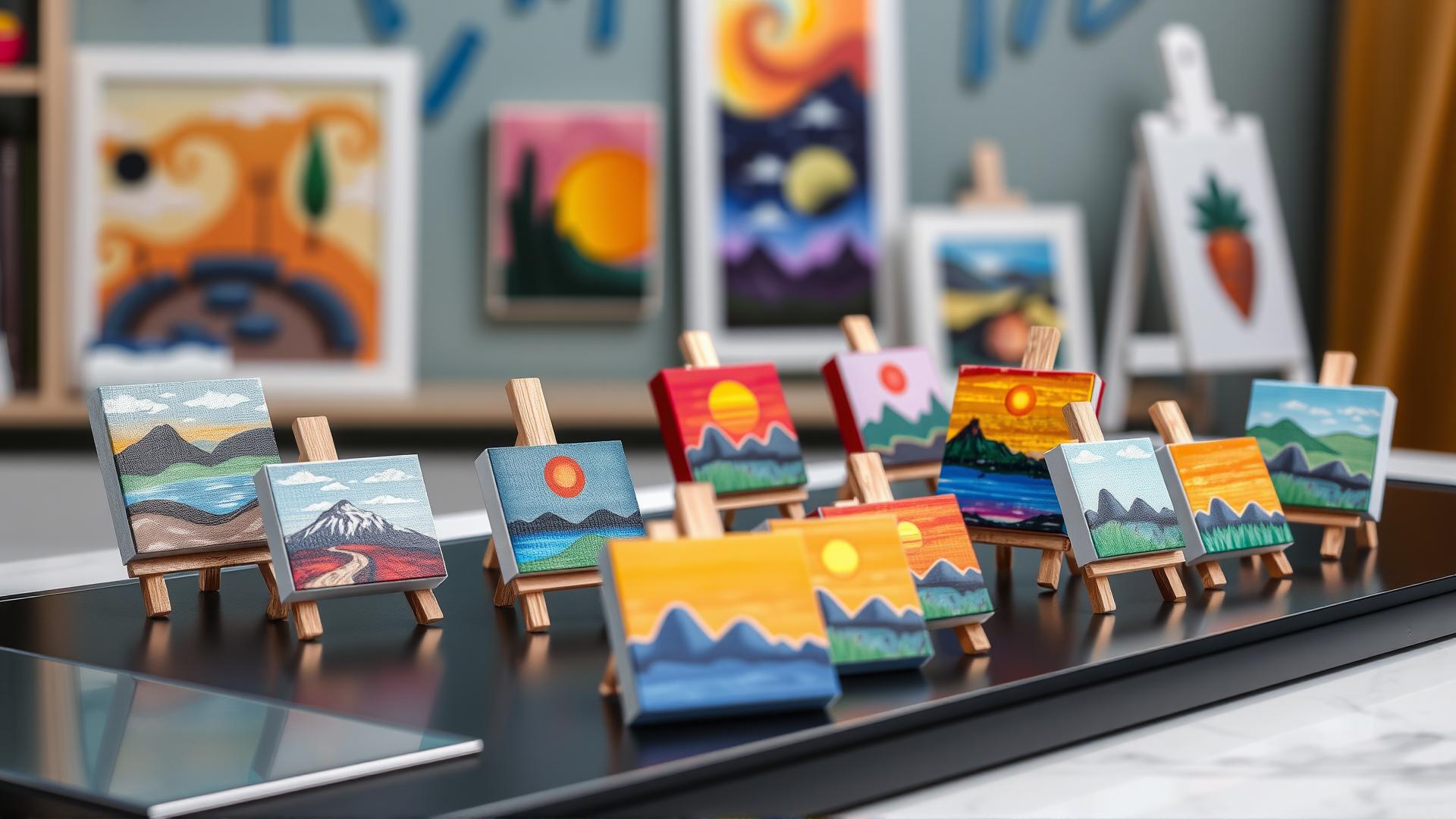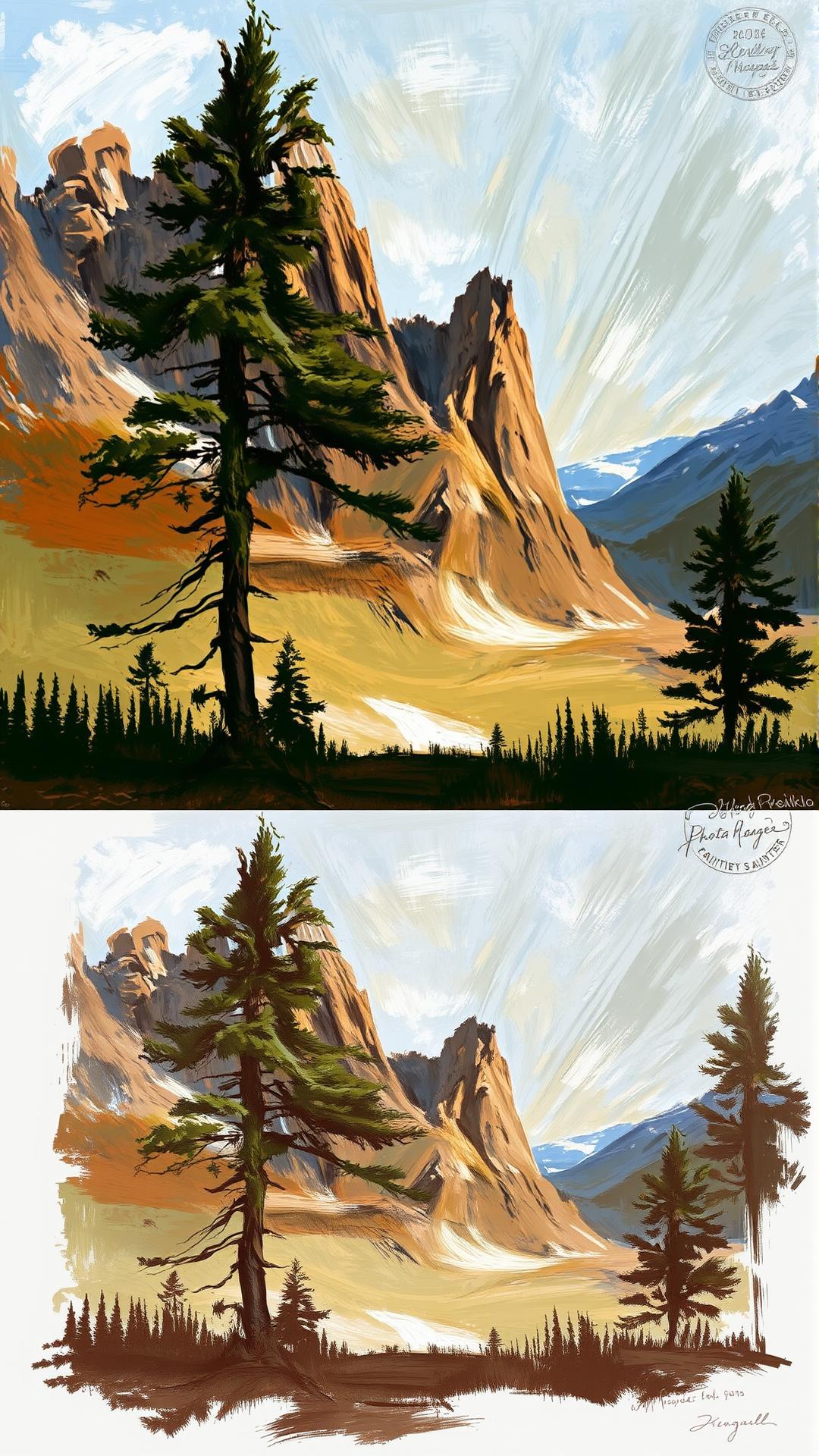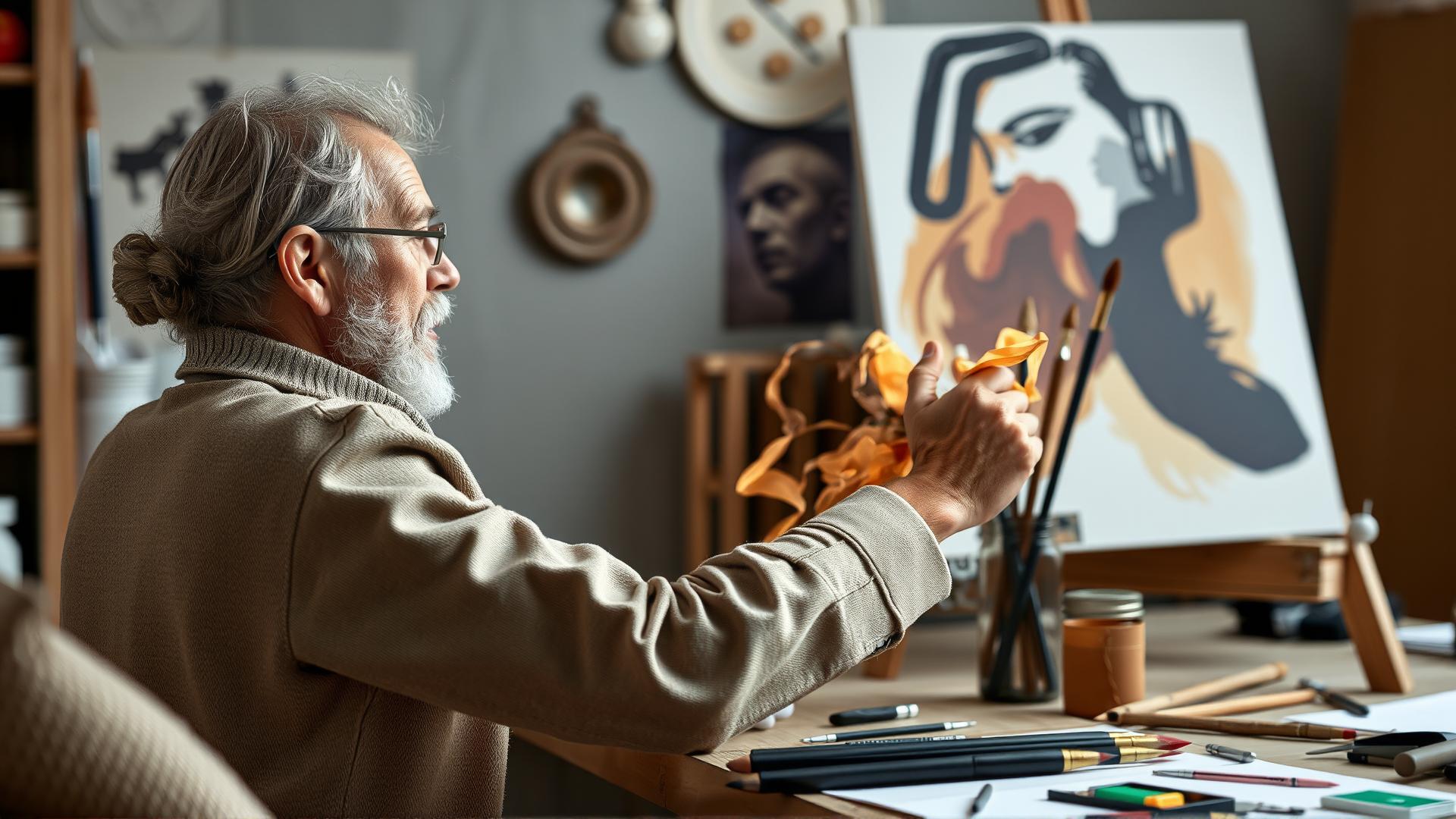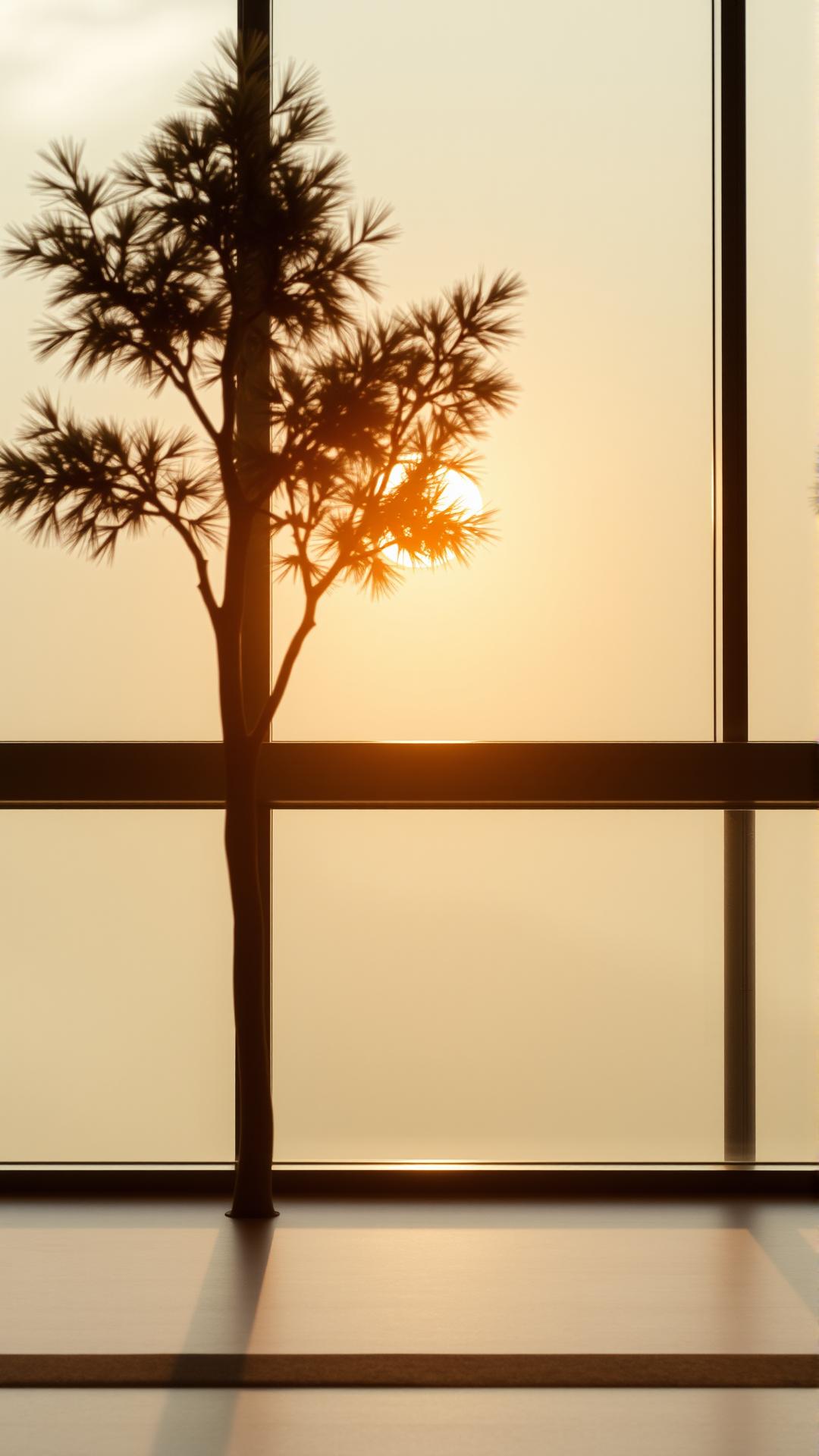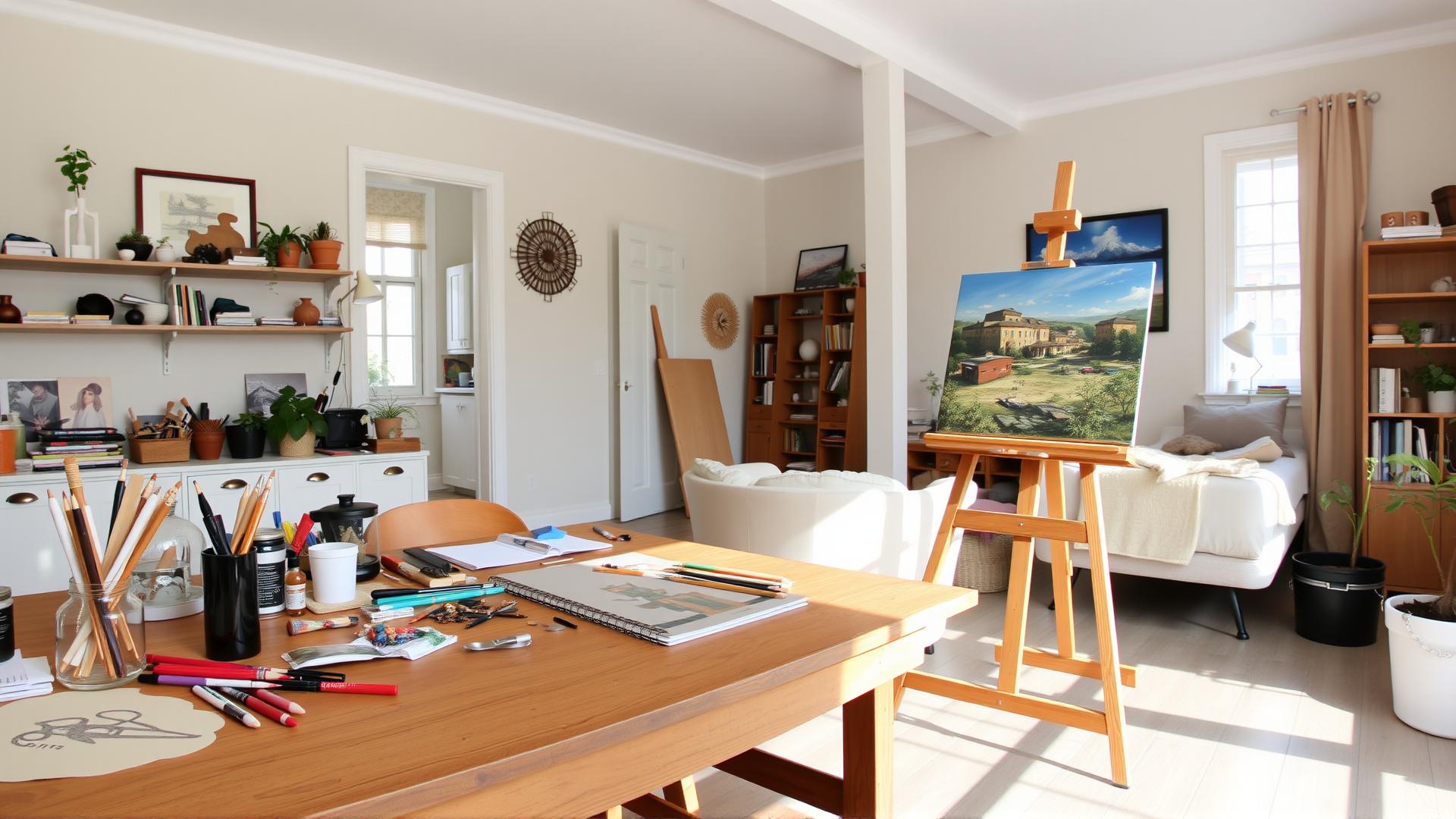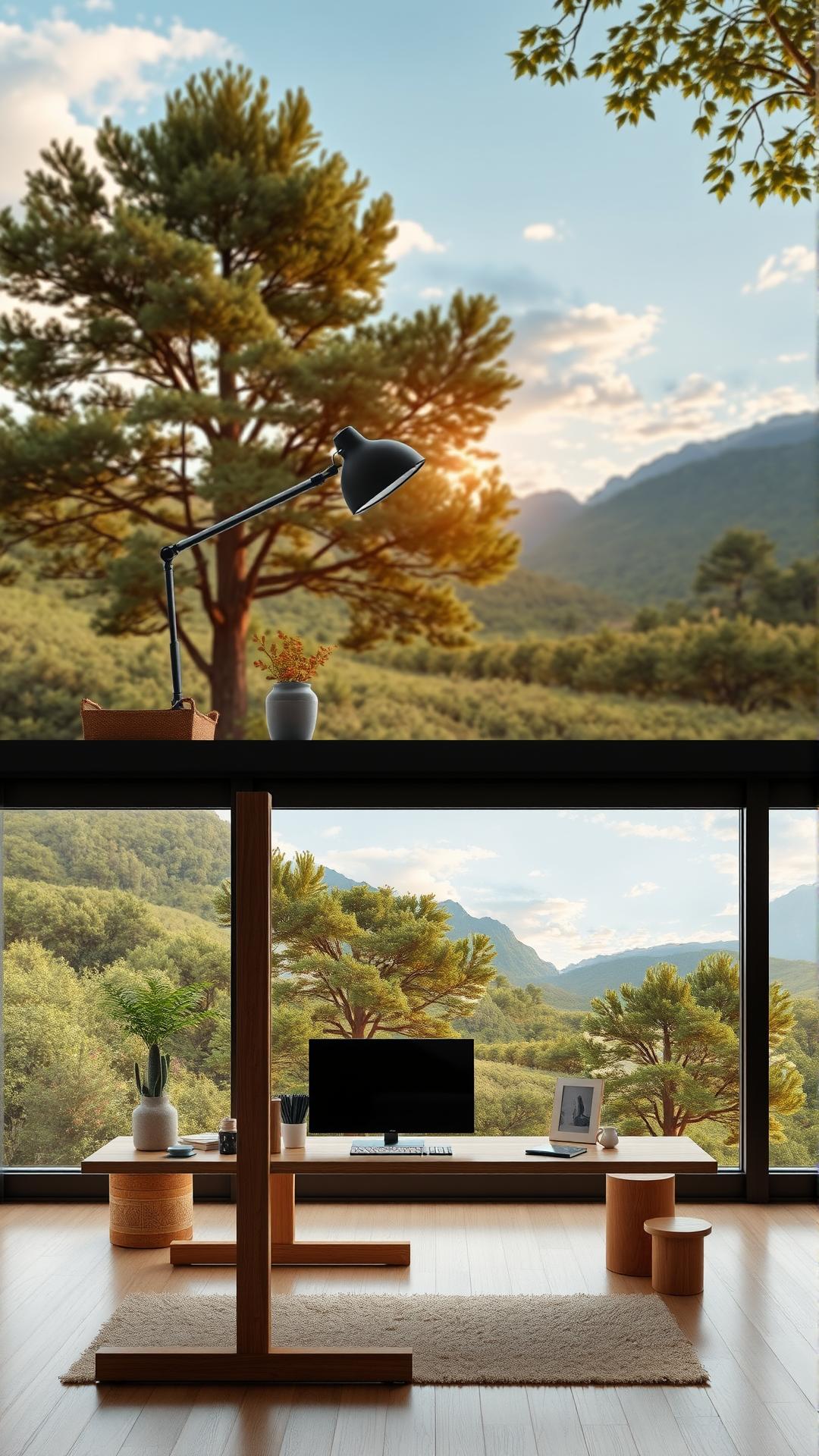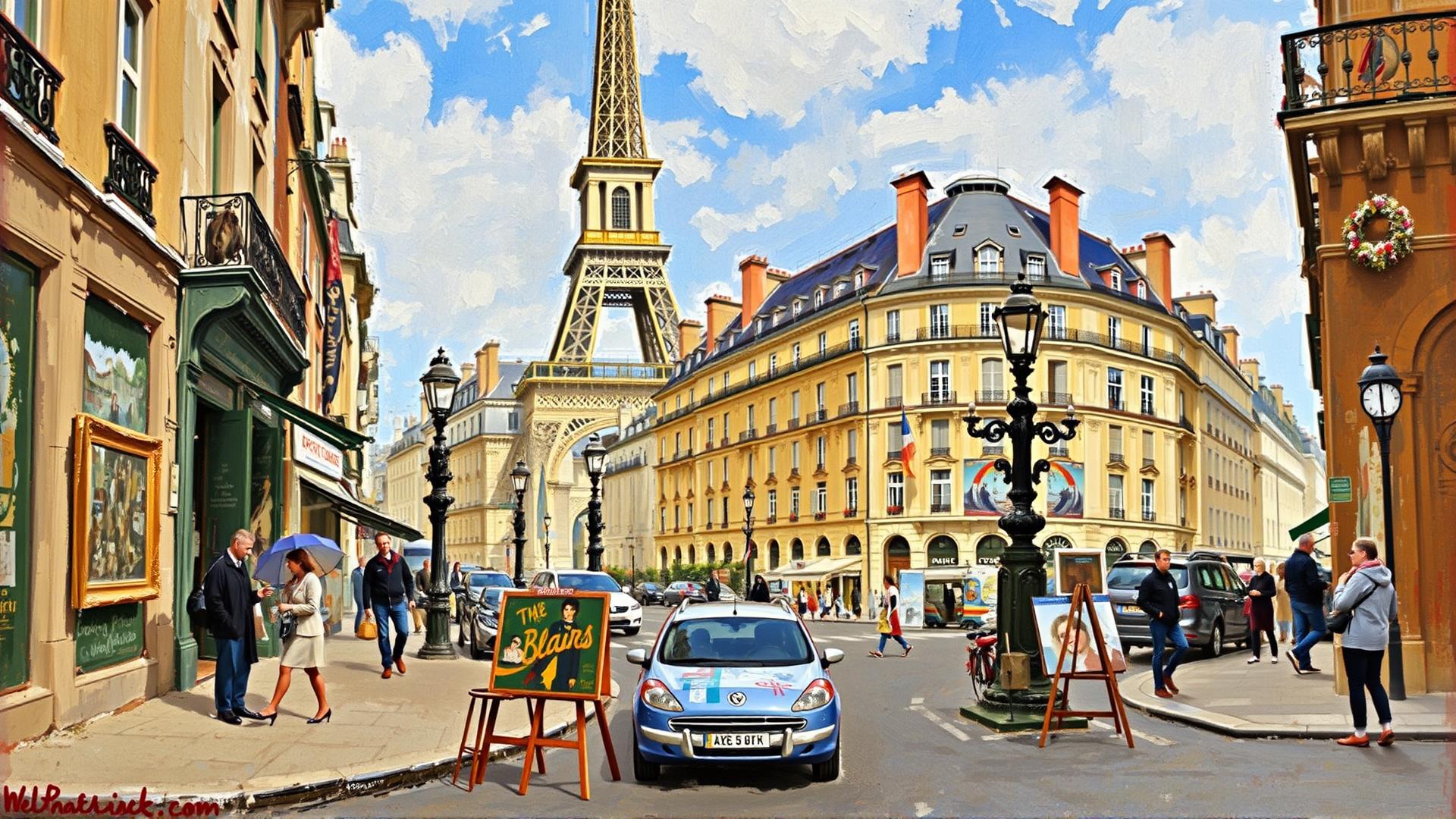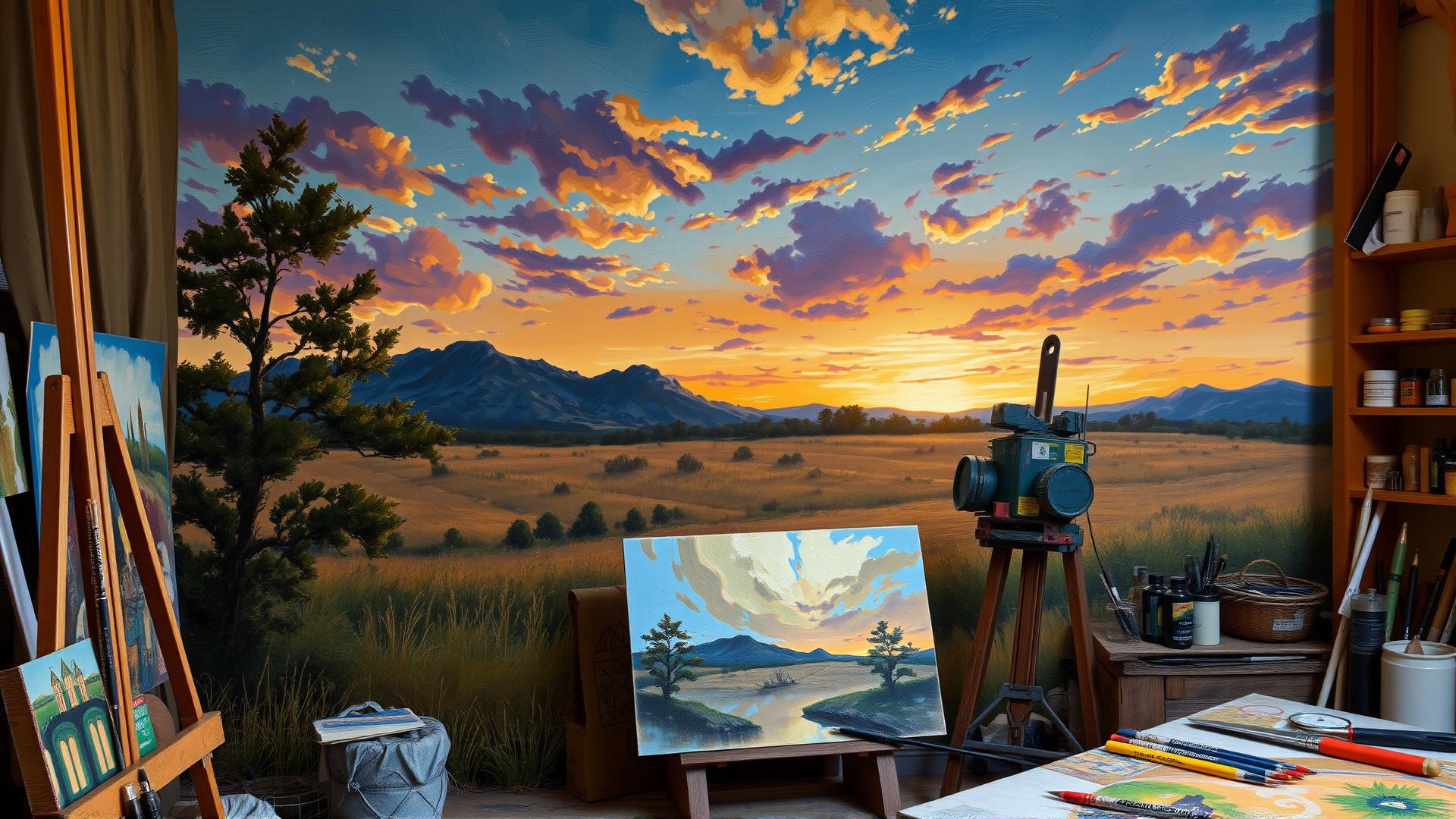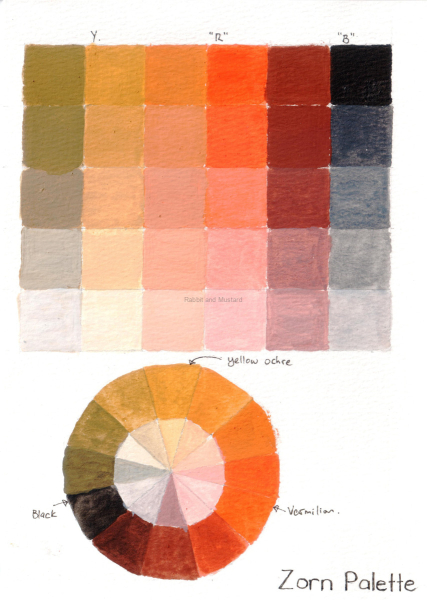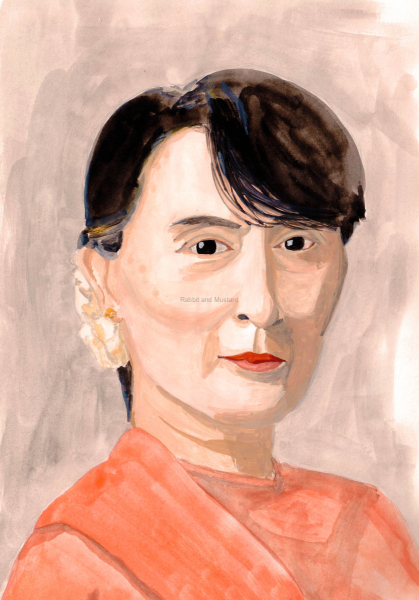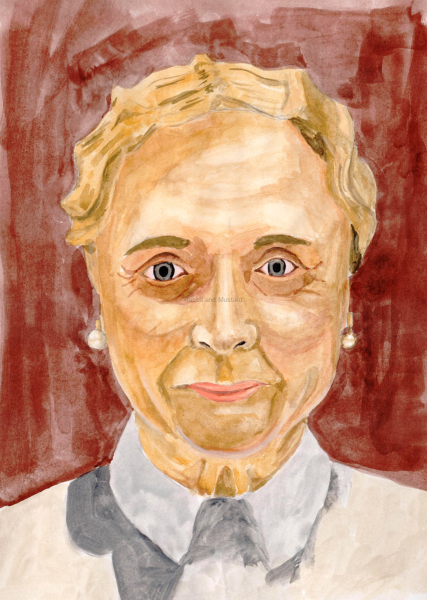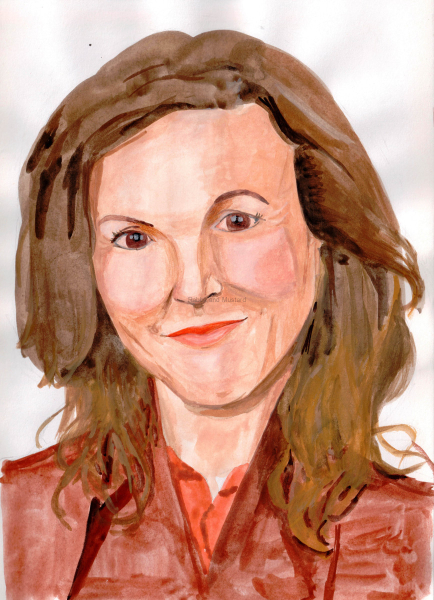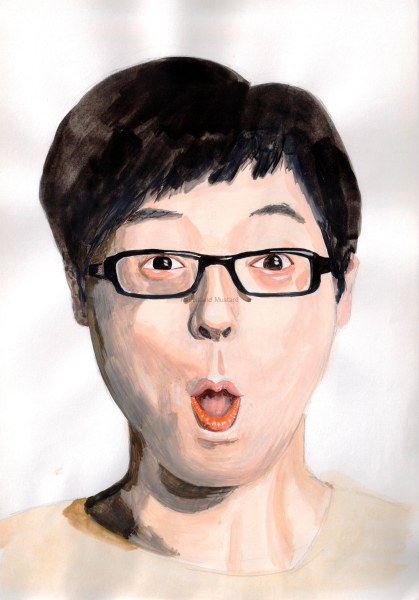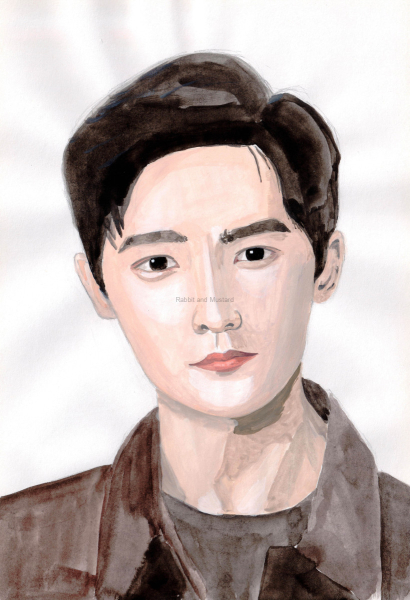Introduction
Landscape painting, a genre revered for its ability to capture the breathtaking beauty of nature, serves as a window into serene vistas that can soothe the soul. From the majestic mountains to tranquil rivers, these artworks depict the harmony found in the natural world. The intricate details and vibrant colors in landscape paintings not only provide aesthetic pleasure but also evoke emotional connections that can transport viewers beyond the confines of their daily lives. This article delves deep into the facets that make beautiful landscape paintings essential to both art and personal wellbeing.
Exploring the history of landscape art reveals an evolution rooted in cultural expressions and philosophical meanings. Originating in ancient traditions, landscape painting has adapted and transformed through the ages, cultivating a unique space for creativity and reflection. By understanding the significance of these artworks and their role in our environment, we can appreciate how they contribute to enhanced mental clarity and tranquility, making them a perfect addition to our personal spaces.
The Essence of Landscape Painting
Understanding the Elements
Landscape painting is an intimate expression of nature, intricately designed to evoke feelings of peace and tranquility. At the heart of this art form lie fundamental elements that work synergistically to transport viewers into serene environments. Composition, color use, and the manipulation of natural light are pivotal in creating this emotional resonance.
Composition refers to the arrangement of various elements within the painting. Artists often utilize techniques such as the rule of thirds or leading lines to guide the viewer’s gaze through the landscape. This structured approach not only organizes the visual space but also creates a harmonious balance that can soothe the mind. By placing focal points strategically, artists draw attention to specific features like mountains, rivers, or trees, establishing a narrative flow that leads the viewer on a tranquil journey through the artwork.
Color use is another crucial aspect that influences the mood of a landscape painting. The palette chosen by the artist can convey different emotions—soft pastels might evoke a sense of calm, while vibrant hues can inspire energy and joy. Cool blues and greens are typically associated with tranquility, reflecting the essence of serene outdoor experiences. Rich, warm colors, in contrast, can infuse a sense of warmth and comfort, forming an inviting landscape that invites contemplation.
Natural light plays a significant role in landscape painting by setting the tone and atmosphere of the scene. The way light interacts with various elements—be it the dappled sunlight filtering through leaves or the warm glow of a sunset—can profoundly affect how the viewer perceives the landscape. Artists often master the nuances of light to create depth and dimension, illuminating focal points while casting gentle shadows that add to the overall serenity. Capturing the fleeting moments of dawn or dusk not only enhances the beauty of the scene but also encourages mindfulness and reflection.
Through the intricate interplay of composition, color, and light, landscape paintings offer more than mere visual pleasure; they create peaceful havens that resonate on a deeper emotional level. This transformative experience of serenity draws individuals closer to nature, even within the confines of their living spaces, allowing them to escape into worlds of calm and beauty.
Historical Perspectives on Landscape Art The Timeless Allure of Natures Beauty
From Ancient Civilizations to Modern Interpretations
Landscape painting has a rich and varied history, tracing its roots back to the earliest civilizations. In ancient Egypt, for instance, landscapes were depicted as mere backdrops to human activity, often symbolizing geographical locations. These pieces served both religious and functional purposes, illustrating the connection between the natural world and daily life.
As cultures evolved, so did the representation of landscapes. The classical era brought forth Greek and Roman influences, where artists began to appreciate nature for its beauty rather than merely as a setting. The frescoes of Pompei show a keen eye for using natural scenery to enhance narratives, emphasizing the harmony between mankind and the divine landscape.
The Middle Ages marked a significant shift, where religious motifs dominated artistic expressions. However, the Renaissance sparked a revival of interest in the natural world, now characterized by meticulous attention to detail in landscape depictions. Artists like Leonardo da Vinci and Giorgione captured landscapes infused with emotion and atmospheric effects, reflecting newfound curiosity about the physical world.
As we move into the Baroque period, landscapes took on a dramatic flair. Artists like Claude Lorrain and Nicolas Poussin introduced narrative complexities along with grand, sweeping vistas that captivated viewers. This period drew attention to the interplay of light, shadow, and color, emphasizing the sublime qualities of nature.
The 18th and 19th centuries heralded the advent of Romanticism, where landscapes became emotional landscapes of the mind, expressing feelings of awe and the sublime. Artists such as Caspar David Friedrich portrayed sweeping mountain ranges and serene lakes, inviting viewers to experience a sense of peace and introspection.
In the 20th century, movements like Impressionism and Post-Impressionism broke down traditional boundaries, introducing innovative techniques that focused on light and color dynamics. Artists such as Monet and Van Gogh captured landscapes in fleeting moments, challenging viewers to engage with nature in a more visceral way.
Each historical epoch has contributed layers of meaning and inspiration to landscape art, reflecting the evolving human relationship with the earth. The timeless allure of these artistic representations continues to impact our wellbeing, inviting us to experience serenity through beautifully rendered vistas that evoke feelings of peace and connection with the natural world.
Cultural Impact of Landscape Paintings Investigate How Different Cultures Interpret and Depict Landscapes in Art
Landscape paintings serve as vibrant reflections of the cultures from which they originate, showcasing both the physical beauty of nature and the philosophical perspectives of the societies that create them. In Western art traditions, especially during the Renaissance and Romantic periods, landscapes often embody ideals of grandeur and the sublime. Artists like Caspar David Friedrich and John Constable depicted expansive vistas that conveyed a sense of individualism, often mirroring the unique emotional experiences and existential musings of the human condition. The integration of light, shadow, and atmospheric effects in these paintings emphasizes not only the beauty of the natural world but also an appreciation for nature as a transformative force in human life.
In contrast, Eastern traditions, particularly within Chinese and Japanese art, present landscapes that often transcend the mere physical. Artists in these cultures, such as Fan Kuan and Hokusai, embed philosophical and spiritual narratives into their depictions of nature. Chinese landscape paintings, characterized by meticulous brushwork and an emphasis on harmony with nature, reflect Daoist and Confucian ideologies. The Landscapes are not merely backgrounds but are imbued with significance, acting as symbols of the relationship between humanity and the universe.
Despite these cultural divergences, there are fascinating similarities in how nature is cherished and depicted. Both Western and Eastern landscapes often convey deep emotional resonance, whether through the overwhelming vastness of a European mountain range or the tranquil simplicity of a Japanese zen garden. Furthermore, both artistic traditions celebrate the power of nature to evoke serenity and contemplation, providing viewers an emotional escape from reality.
As contemporary artists continue to draw from these rich historical traditions, the dialogue between Western and Eastern landscape painting endures, allowing for cross-pollination of ideas and techniques. The resurgence of interest in environmentalism and the quest for personal serenity through art bridges these cultural expressions, revealing a collective human desire to connect with and honor the natural world.
Landscape paintings, whether Western or Eastern, therefore not only represent aesthetic beauty but also serve as cultural commentaries—an exploration of our place within the greater tapestry of the world. In witnessing these interpretations, viewers are invited to reflect on their own relationships with nature and the landscapes in which they find solace.
Famous Landscape Painters and Their Masterpieces
Influential Artists and Their Unique Styles
Throughout the history of art, numerous painters have captivated audiences with their breathtaking landscape works. Artists like Claude Monet, J.M.W. Turner, and Caspar David Friedrich have transcended their time, leaving a lasting impact on the genre of landscape painting. These masterful individuals contributed unique perspectives that expanded the artistic boundaries of how we perceive nature.
Claude Monet, a key figure in the Impressionist movement, is renowned for his ability to capture the ephemeral qualities of light and color. His paintings, such as “Impression, Sunrise” and “Water Lilies,” illustrate how the interplay between water, sky, and flora can evoke a sense of tranquility. Monet’s brushwork, often characterized by quick, short strokes, creates a softness that invites viewers to experience serenity within each setting. His work not only changed the way landscapes were painted but also influenced future generations to depict the natural world in a more fragmented, yet emotive way.
Similarly, J.M.W. Turner is celebrated for his dramatic interpretations of light and atmospheric phenomena. His iconic works, including “The Fighting Temeraire” and “Rain, Steam, and Speed,” showcase landscapes where mood takes precedence over realism. Turner’s masterful use of color and incredibly dynamic compositions reveal nature’s power and beauty, transforming landscapes into emotional experiences. His innovative techniques paved the way for the later emergence of Abstract art by emphasizing the emotional potential of light and color over precise representation.
Caspar David Friedrich stands out within the Romantic movement for his spiritual and often introspective landscapes. His masterpiece “Wanderer above the Sea of Fog” evokes a sense of mystery and contemplation, inviting viewers to engage deeply with the narrative conveyed through the landscape. Friedrich’s work highlights the human connection to nature, often portraying solitary figures amidst vast vistas, encouraging reflection on one’s place within the world.
These renowned artists have not only shaped the landscape genre but also influenced how we emotionally connect with nature through visual art. Their masterpieces continue to serve as a source of inspiration and meditation, proving that the beauty of landscape paintings can enhance our wellbeing and foster a sense of inner peace.
The Therapeutic Benefits of Landscape Art
Engaging with Nature Through Art
Beautiful landscape paintings have the power to transport viewers to serene natural settings, offering a visual escape from the chaos of everyday life. This ability to evoke tranquility is not merely a product of artistic skill; it taps into deep-seated psychological and emotional benefits that positively influence mental health. Engaging with landscape art provides a unique opportunity to connect with nature in a way that can reduce stress and promote feelings of peace.
Research has shown that viewing nature, whether in real life or through artwork, can lower blood pressure, decrease levels of anxiety, and enhance overall mood. When one gazes at a breathtaking painting of a calm lake surrounded by lush mountains, the brain mirrors the serene environment, potentially leading to physiological changes that promote relaxation. As viewers immerse themselves in the colors, shapes, and textures of the landscape, they may also experience an elevation in their emotional state, fostering a sense of happiness and contentment.
The Connection Between Art and Wellbeing
Landscape art serves as a highly effective medium for mindfulness practice. As individuals take a moment to observe the intricate details of a painting, they can cultivate awareness of the present moment, much like one would do in nature. This mindful engagement allows for reflection, creating mental space that encourages a break from racing thoughts and worries.
In a therapeutic context, art therapy increasingly incorporates landscape painting as a tool for healing. By encouraging individuals to create or engage with these artworks, therapists can facilitate discussions around emotions and personal experiences, while also fostering a connection to nature that is crucial to well-being. The act of expressing feelings through landscape painting can serve as both an outlet and a source of comfort.
The timeless appeal of landscape art lies in its ability to convey the beauty of natural environments, reminding viewers of the restorative power of nature. Collectors and art enthusiasts alike often find themselves drawn to landscapes, not only for their aesthetic qualities but also for the emotional resonance they carry. It is this emotional engagement that nurtures a deeper relationship with the artworks, ultimately enhancing mental health and promoting a lasting sense of serenity.
Creating Your Own Landscape Art Experience A Guide to Appreciation and Creation
Engaging with Nature to Inspire Your Artistic Journey
To cultivate an authentic experience of serenity through landscape art, one should first connect deeply with nature. Spend time in various outdoor settings: lush forests, rolling hills, tranquil lakes, or rugged coastlines. Observe the changes in light throughout the day, the sway of trees in the breeze, and the myriad colors that emerge with each passing season. Each element holds the potential to inspire creativity.
When engaging with nature, bring along a sketchbook or a camera. Document ideas and impressions that resonate with you. Sketching scenes in real-time can enhance observation skills and open your eyes to the subtleties that make each landscape unique. This hands-on interaction often translates into your artwork, embedding your personal experience in the piece.
Tips for Selecting Landscape Art to Enrich Your Space
Choosing landscape paintings for your living environment can profoundly affect your mood and emotional state. To select the right artwork, consider the following:
- Colors: Opt for soothing colors that evoke tranquility, like soft greens, calm blues, and warm earth tones. Vibrant colors can energize a space but pay attention to how they make you feel.
- Theme: Determine what type of landscape resonates with you—beaches, mountains, gardens. The theme should reflect your preferences and evoke cherished memories or aspirations.
- Size: Take into account the size of the artwork in relation to the space it will occupy. Larger pieces can create a focal point, while smaller works can offer nuanced charm.
Incorporating landscape art into your home provides an accessible escape into nature, allowing you to enjoy its calming effects even when you can’t step outside. Make a habit of spending time in front of your chosen artworks, allowing yourself to experience the tranquility they offer.
For those considering creating their own landscape paintings, experiment with various mediums such as watercolor, acrylic, or oils. Attend workshops to refine your technique and join art groups to receive constructive feedback. Most importantly, allow your emotions and experiences to guide your brush; genuine expression will make your landscapes resonate more profoundly.
Conclusions
Beautiful landscape paintings represent more than mere decorations; they reflect a profound connection between humanity and the natural world. These artworks possess the power to impact our emotions, providing solace and inspiration. Whether through vibrant hues or serene compositions, landscape paintings invite us to engage with the beauty outside and within ourselves. Embracing these images in our surroundings can foster a serene atmosphere conducive to reflection and peace.
As we conclude our exploration of landscape painting, it is evident that the art form is a celebration of nature’s glory and a testament to the human experience. By surrounding ourselves with such breathtaking representations, we navigate our emotional landscapes with greater ease, fostering a lifetime of serenity and appreciation for the world we inhabit.

